Decompression therapy is a proven, non-surgical solution for chronic back pain that offers relief, promotes healing, and helps prevent surgery. By gently stretching the spine to reduce pressure on spinal discs, it’s highly effective in treating conditions like herniated discs, sciatica, as well spinal stenosis. This non-invasive approach can help address the root causes of back pain, providing long-term results without the risks or recovery time associated with surgery. In this post, we’ll explore seven specific ways it can improve your spinal health and enhance your quality of life for those looking for ways to decompress your spine.
How to Decompress Your Spine with Decompression Therapy
Spine decompression therapy is a non-surgical treatment that alleviates chronic back pain by gently stretching the spine to reduce pressure on spinal discs and nerves. Using a specialized decompression table, it creates negative pressure within the discs, allowing bulging or herniated discs to retract and relieving nerve compression.
This approach is particularly effective for conditions like herniated discs, sciatica, and spinal stenosis, which often result in persistent back pain and limited mobility. By improving circulation to damaged areas of the spine, decompression promotes natural healing and reduces inflammation. It’s a safe alternative to invasive procedures like spinal fusion or discectomy, offering lasting relief without the extended recovery time associated with surgery.
Decompression Therapy Benefits
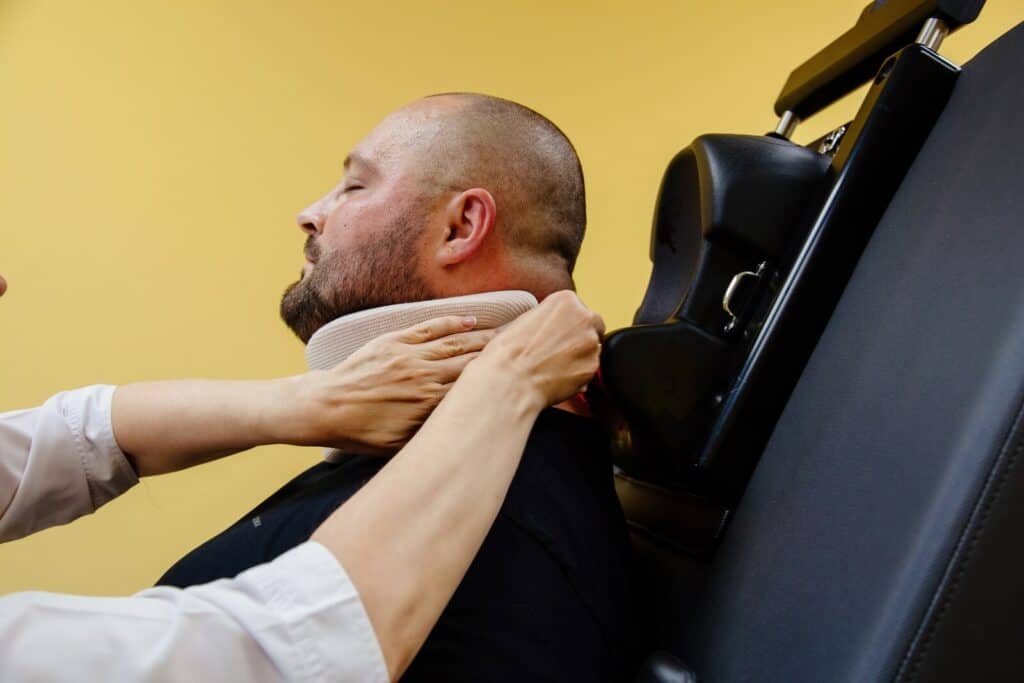
Decompression offers a range of benefits for individuals suffering from chronic back pain. By reducing pressure on spinal discs and nerves, it alleviates symptoms such as shooting pain, numbness, and tingling, helping patients regain mobility and perform daily activities more comfortably.
Beyond pain relief, this treatment promotes long-term spinal health. It supports proper alignment and improves circulation, which enhances the body’s ability to heal naturally. Patients often report reduced inflammation, stronger spinal structures, and a lower risk of future injuries. For those seeking a non-surgical option, decompression is a practical solution that can also be combined with physical therapy for even better results.
1. Relieves Nerve Pressure For Pain-Free Movement
Decompression reduces nerve compression caused by bulging or herniated discs. By gently stretching the spine, it creates negative pressure within the discs, encouraging them to retract and alleviating pressure on nearby nerves. This process directly addresses debilitating symptoms such as shooting pain, numbness, tingling, and weakness that can radiate to other areas, like the arms or legs.
Patients with conditions like sciatica—a result of sciatic nerve compression—often notice dramatic relief after just a few sessions. For one patient, decompression meant transitioning from struggling with daily tasks to regaining the ability to walk comfortably and climb stairs. By targeting the root cause of nerve pain, it restores mobility, reduces discomfort, and promotes lasting spinal health.
2. Supports Natural Healing
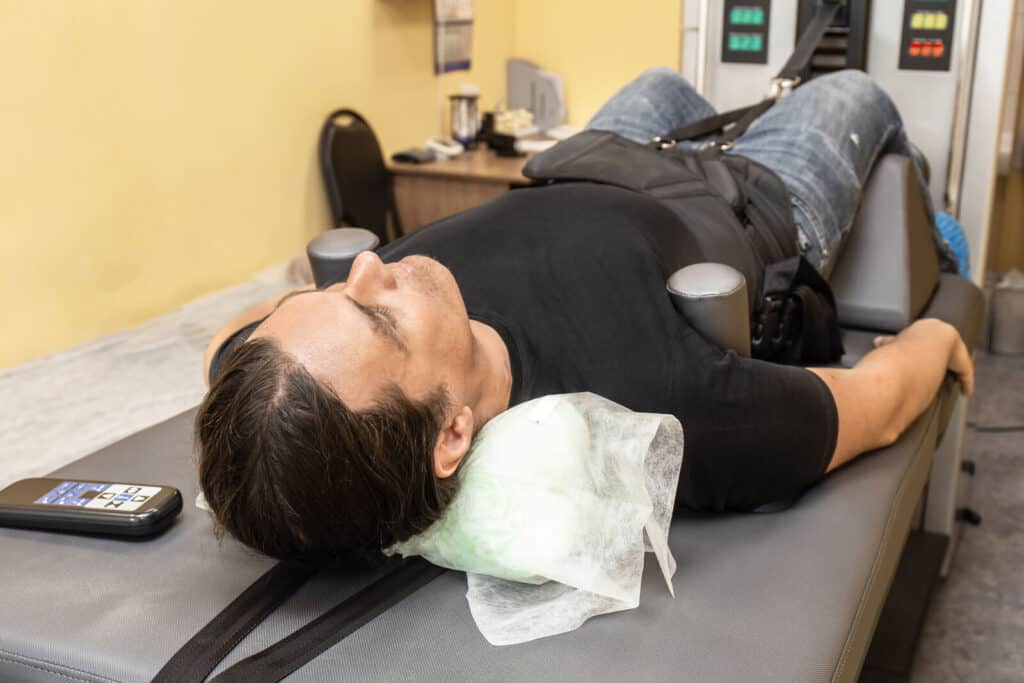
Spinal decompression enhances the body’s ability to heal itself by improving blood flow and nutrient delivery to damaged tissues. Improved circulation supports the repair of bulging or herniated discs and reduces inflammation, enabling the spine to function more effectively.
Unlike treatments that simply mask pain, decompression addresses its root cause. For example, a patient with persistent lower back pain caused by a compressed disc may find that improved nutrient flow helps reduce swelling and stiffness, leading to long-term relief. Over time, patients often notice improved flexibility, reduced inflammation, and greater spinal strength. This process helps prevent future injuries and pairs well with chiropractic care to enhance recovery.
3. Helps Patients Avoid Spinal Surgery
Decompression is a non-invasive spine treatment without surgery, ideal for patients considering spinal surgeries like fusion or discectomy. By alleviating pressure on discs and nerves, it can relieve significant pain without the risks or recovery time associated with surgery.
Many patients who initially face surgical recommendations find this treatment to be a safer and less invasive option. After just a few sessions, they notice meaningful improvements in pain and mobility, allowing them to manage their condition without surgical intervention.
4. Helps Retract Herniated Discs
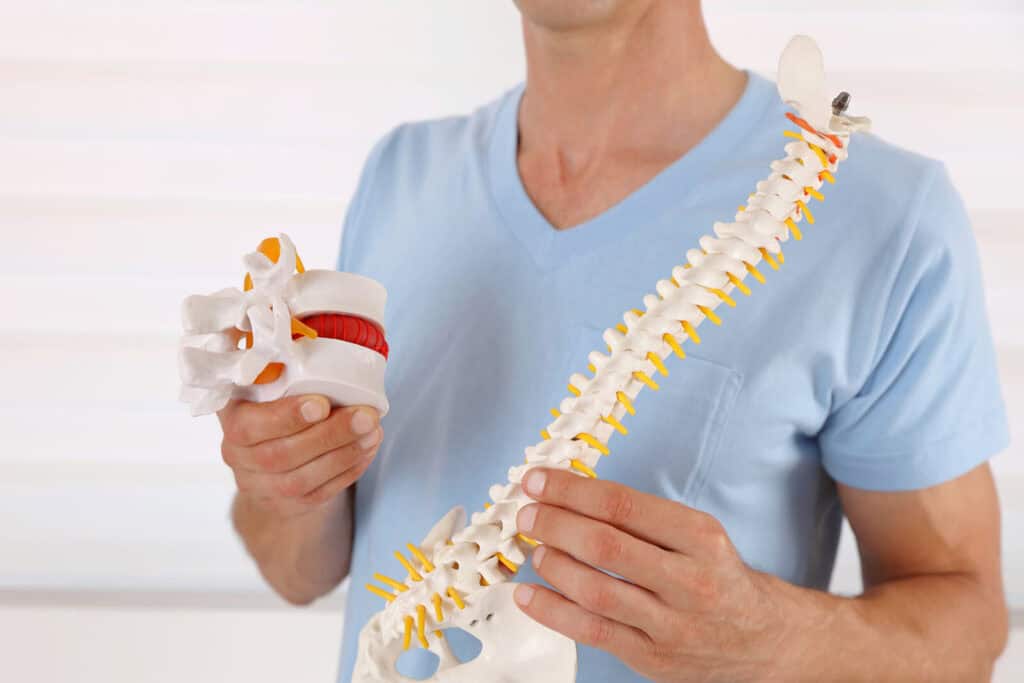
One of the key benefits of decompression is its ability to gently guide herniated or bulging discs back into their proper positions. By creating negative pressure within the spinal discs, decompressing spine aches and pains alleviates the stress that forces discs out of alignment. Over time, this process relieves pressure on nearby nerves and promotes a more stable spine.
Patients with conditions like herniated or bulging discs often find significant pain relief as their discs retract and nerve compression eases. This mechanical adjustment not only alleviates discomfort but also prevents further damage, allowing patients to regain mobility and improve their overall spinal health.
5. Treats A Range Of Spine-Related Conditions
Decompression is a versatile option for addressing numerous spine-related conditions. It’s particularly effective for reducing pressure on nerves, easing pain, and improving overall spinal function. Conditions that may benefit from decompression include:
- Sciatica
- Spinal stenosis
- Herniated or bulging discs
- Injured or infected nerves in the spine.
Patients often find that this approach reduces inflammation, improves circulation, and restores proper spinal alignment. Its adaptability makes it an excellent choice for individuals with diverse spinal issues, providing targeted relief for their unique needs. By relieving pressure on affected discs and nerves, decompression helps reduce both physical pain and the effects of stress on the spine.
6. Fast Relief Without The Risks of Surgery
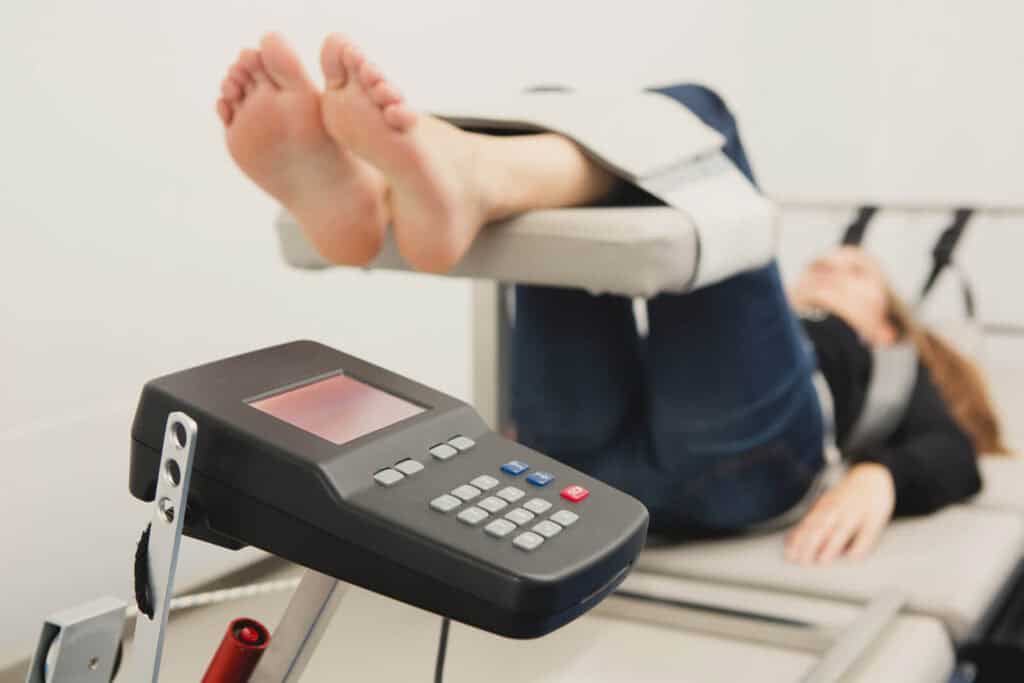
Spinal decompression provides rapid pain relief without the risks associated with surgery. Many patients notice improvements after just a few sessions, with each treatment lasting approximately 45 minutes. During these sessions, the gentle stretching of the spine is typically painless and relaxing.
Unlike surgery, which involves lengthy recovery periods and potential complications, decompression allows patients to resume their routines immediately. Its quick results and minimal downtime make it an appealing choice for individuals with busy lifestyles who want effective pain management.
7. Encourages Fluid Circulation in the Spine
Decompression improves fluid circulation around the spinal discs, which is crucial for healing and maintaining spinal health. By gently stretching the spine, the treatment allows oxygen, nutrients, and essential fluids to flow more freely into damaged or inflamed areas.
This enhanced circulation helps reduce inflammation, repair tissue damage, and restore proper disc function. Over time, better fluid movement in the spine supports long-term healing, making decompression an effective solution for addressing chronic back pain and preventing future complications.
Things to Consider Before Choosing Spinal Decompression
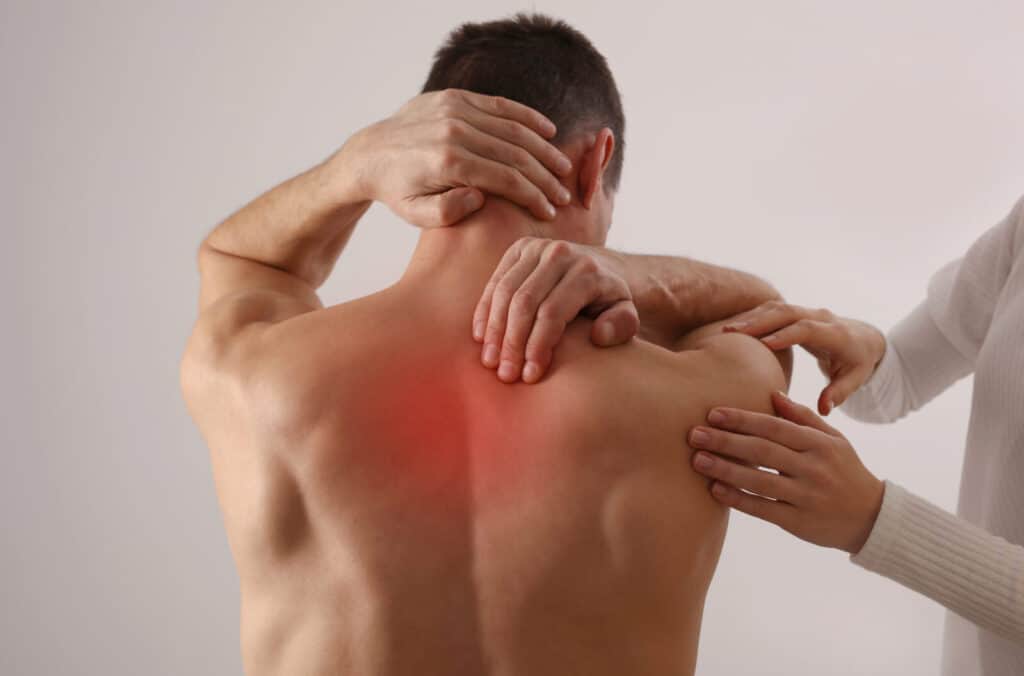
Although spinal decompression therapy has numerous benefits, it may not be suitable for everyone. Individuals who have had back surgery, have implants, or suffer from conditions like fractured vertebrae, tumors, or aneurysms should discuss alternative options with their healthcare provider.
While generally safe, decompression therapy can occasionally cause side effects such as increased pain, muscle spasms, or tingling. These risks can be minimized by sharing accurate and detailed information about your medical history and current health conditions. At Northeast Spine and Sports Medicine, we conduct thorough evaluations before recommending decompression therapy to ensure it is the best option for your specific needs.
Experience Spinal Decompression at Northeast Spine and Sports Medicine
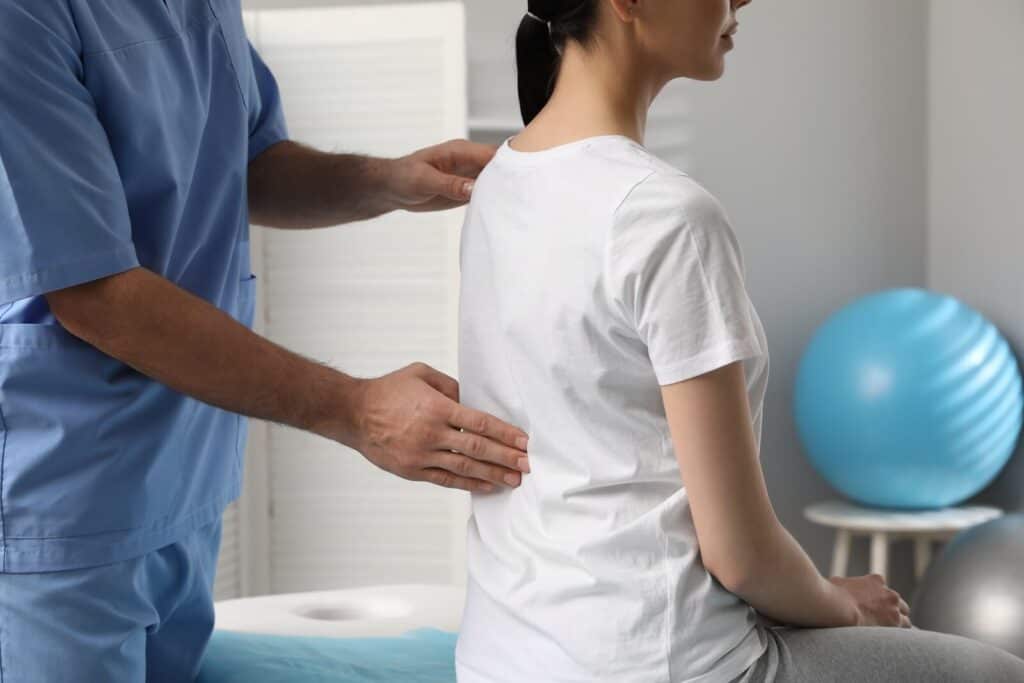
At Northeast Spine and Sports Medicine, decompression therapy provides a nonsurgical, drug-free solution for patients with chronic back pain. Compared to the cost and recovery time associated with back surgery, decompression treatment is a more affordable and convenient alternative. Many patients can return to work or daily activities immediately following their session, even during a lunch break.
Our expert team will assess whether decompression therapy is right for you, discussing its benefits and potential alternatives like chiropractic adjustments, acupuncture, or laser therapy. If you’re ready to take the first step toward pain relief, contact Northeast Spine and Sports Medicine today. Don’t let back pain stop you from enjoying life—explore safe and effective options to restore your mobility and comfort.


